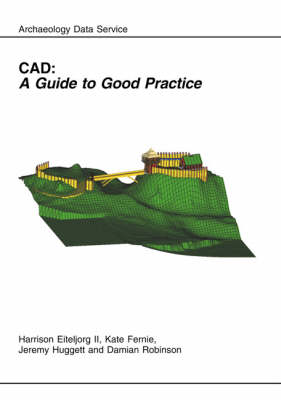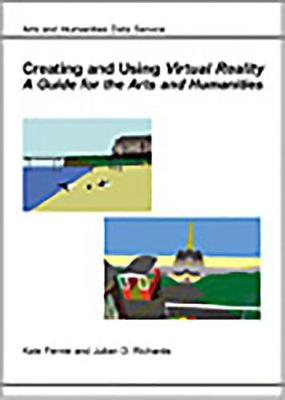Archaeology Data Service & Digital Antiquity Guides to Good Practice
2 total works
From archaeological field work to heritage organisations and museums, increasingly CAD files and three-dimensional CAD models comprise a unique component of our digital archives - and one which it may not be possible to reproduce on paper. This Guide offers a basic description of computer-aided drafting or computer-aided design (CAD) software, discussions on the use of CAD in a variety of situations, descriptions of data acquisition methods including field survey and direct object scanning, and good practices in the use of the software. As well as providing a source of useful generic information, the guide emphasises the processes of long-term preservation, archiving, and effective data re-use. An important aim of the Guide is to introduce practitioners to areas and issues for which applicable standards and frameworks already exist and to identify the relevant sources of information that may be consulted.
Creating and Using Virtual Reality
by Kate Fernie, K. Fernie, and Julian Richards
Published 15 December 2003
The essence of virtual reality lies with computer-based three-dimensional environments. Often termed 'worlds', these conceptual models can be navigated, interacted with and updated in real-time. This Guide to Good Practice is intended for individuals and organisations who are interested in potential ways to use virtual reality within the arts and humanities. It concentrates on the most widely used form of virtual reality today, desk-top virtual reality, which may be distributed and viewed on-line via the World Wide Web. In these systems virtual reality worlds run on users' desk-top computers, are displayed on a standard monitor, and navigated using a mouse or 3-D space ball and keyboard. This Guide introduces virtual reality by considering its history, philosophy and theory, and discusses good practice in planning virtual reality projects. It presents the data management and documentation procedures required to enable models to be maintained, and enjoyed by the audiences for which they are intended. It also explores strategies for archiving and considers how to avoid the loss of virtual reality models as technology changes. A virtual library of case studies illustrates some applications of virtual reality in Archaeology, Architecture, Dance, Design, Fine Art, Heritage, History, Museum Studies and Theatre. Examples of worlds which allow users to interact with each other are also presented.

